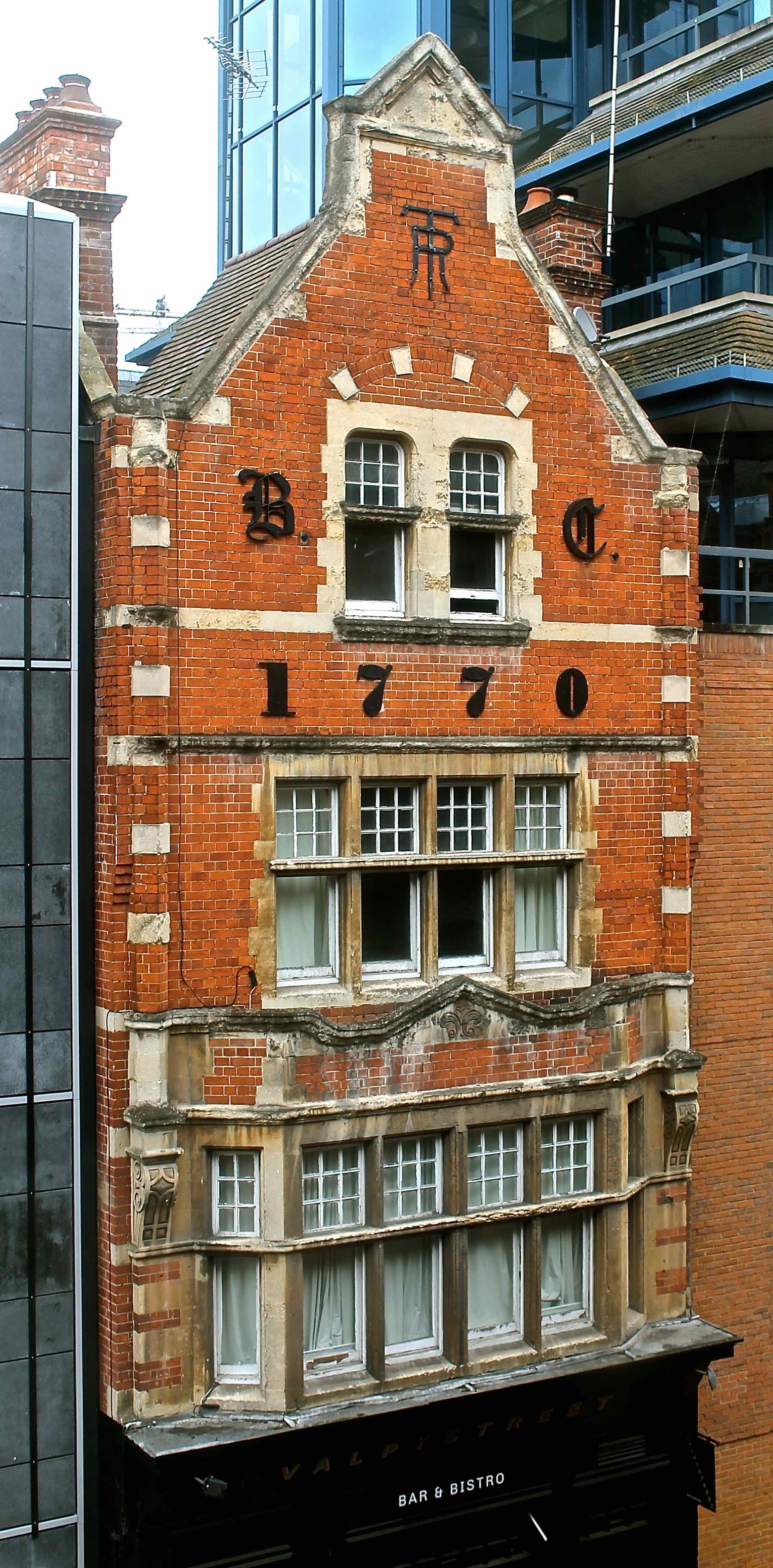
A Pocket History of Reading to Date
Most of the photographs on this website were taken in and around Reading in Berkshire.
However I experiment with images of all types and have portfolios from Scotland and France, for example. This ‘homepage’ explores the history of Reading, as the region offers a considerable amount of visual diversity.
Areas like Pell Street show the strength of localisation in the architecture of the 18th and 19th Centuries, when brick making was at its most prolific in the area. So many construction materials were made here that Thomas Hardy referred to Reading as ‘Auld Brickham’.
Clay was dredged from the river Kennet valley and made into tiling and bricks, hence the suburb called ‘Tilehurst’. It is not difficult to imagine the bright coloured architecture of Pell Street, with red, yellow and black bricks shining, when it was first built in the reign of Queen Victoria.
The settlement starts to grow from 650AD when the Benedictine monk, St Birinus, arrived to convert Anglo Saxons to Christianity. However, the confluence of the River Thames and Kennet river likely supported people as far back as the Stone Age. Relics from this time can be found in the Museum of Reading.
Having been made a Bishop in Genoa, St Birinus was sent to the UK to spread the good news of Jesus. Arriving in Southampton and spreading his ministry, he ultimately became the first Bishop of Dorchester and was known as the ‘Apostle to the West Saxons’, for his conversion work in the Kingdom of Wessex. St Birinus founded a site for Christian worship in the centre of Reading. Reading Minster now occupies this spot (see below).
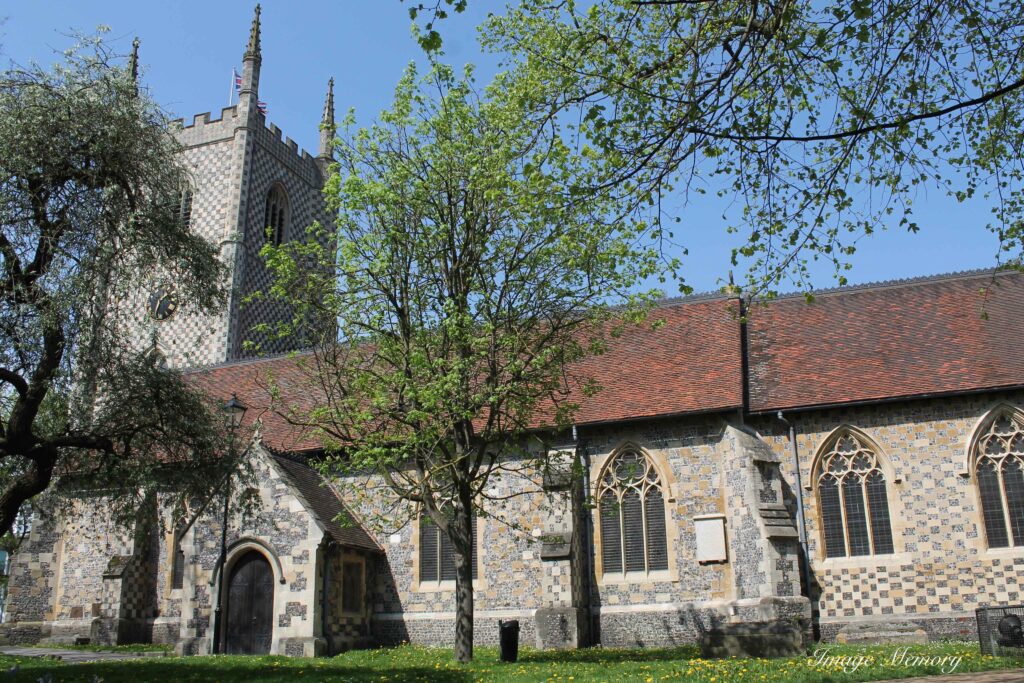
Theale, a small village just west of Reading, has an imposing church called Holy Trinity (see below). Modelled upon Salisbury Cathedral, with the dimensions measured to a third. Here, there is the recently built St Birinus House, a purpose built administrative office for the Bishop of Oxford. The mainly timber building was completed in December 2021. It’s title testifies to the Benedictine monk’s success.

The river Kennet was ‘canalised’ in 1723, the engineer for this conversion was John Rennie.
This was an important time for the region, as it added Bristol to the existing links with Oxford, 25 miles to the South, London 40 miles to the East and Swindon 40 miles to the West.
Although narrow boats containing goods for London, passing through Reading, often got projectiles thrown at them as they offered new competition for the London market.
In addition to bricks, Reading was also renowned for tasty Huntley and Palmers biscuits.
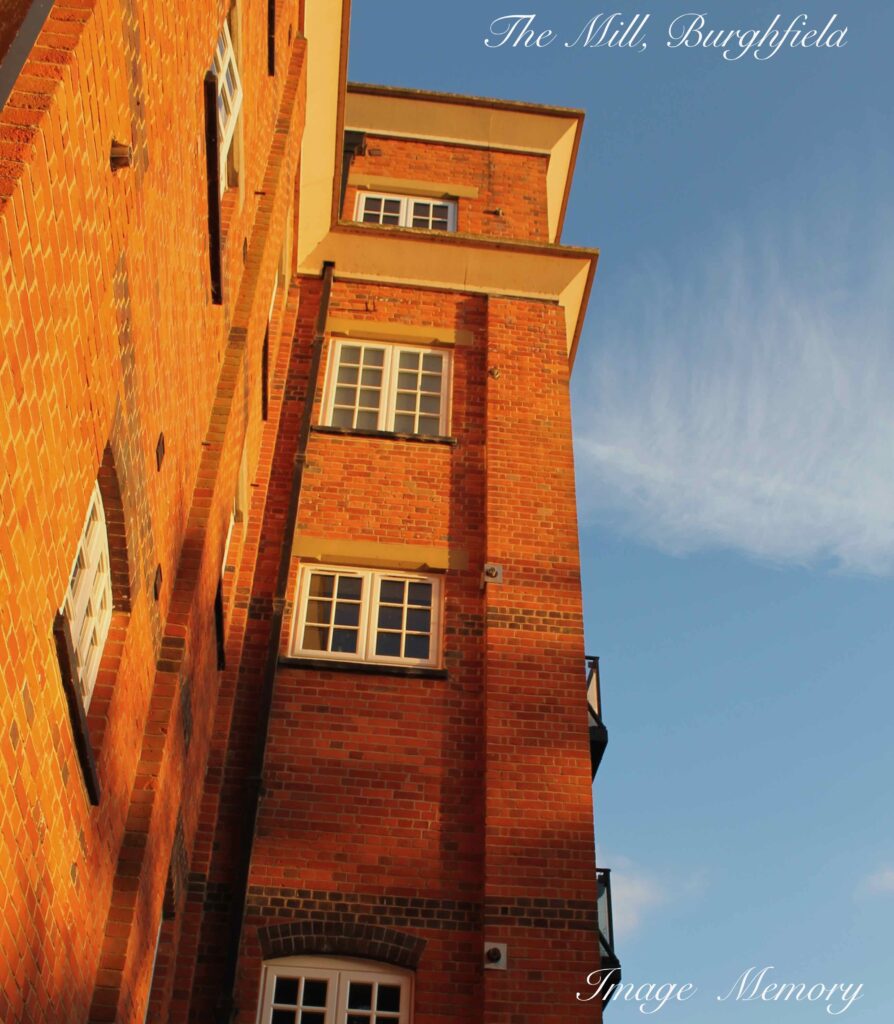
The canal linked chocolate milling at Burghfield Mill (see above and below) to Huntley and Palmers production unit in the centre of Reading. Biscuit production was so big, the biscuits were eaten as far away as the Far East. Huntley and Palmers (please click on previous text for full history) biscuit manufacturing was enjoyed between 1822 and 1972. The Huntley and Palmers factory was demolished in 1978. Although, Burghfield Mill was converted into apartments in 1986 and the old Factory Social Club still exists and has been converted into flats.
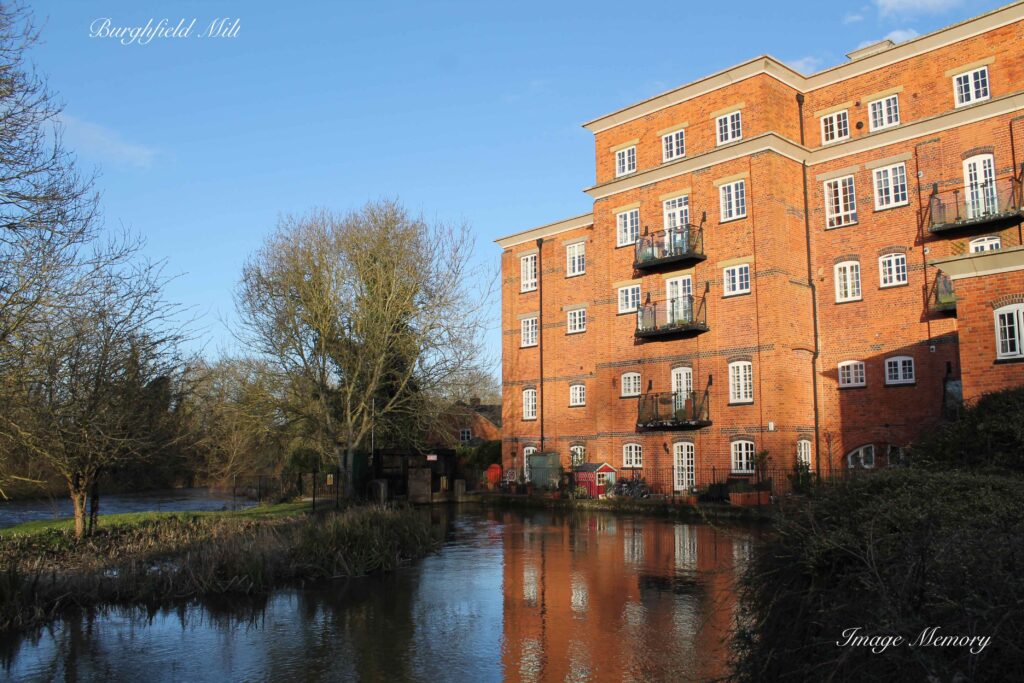
Reading today has a population of 173,170 and enjoys a multicultural lifestyle. Oxford Road includes a mosque, and the University of Reading has more than 17,000 students.
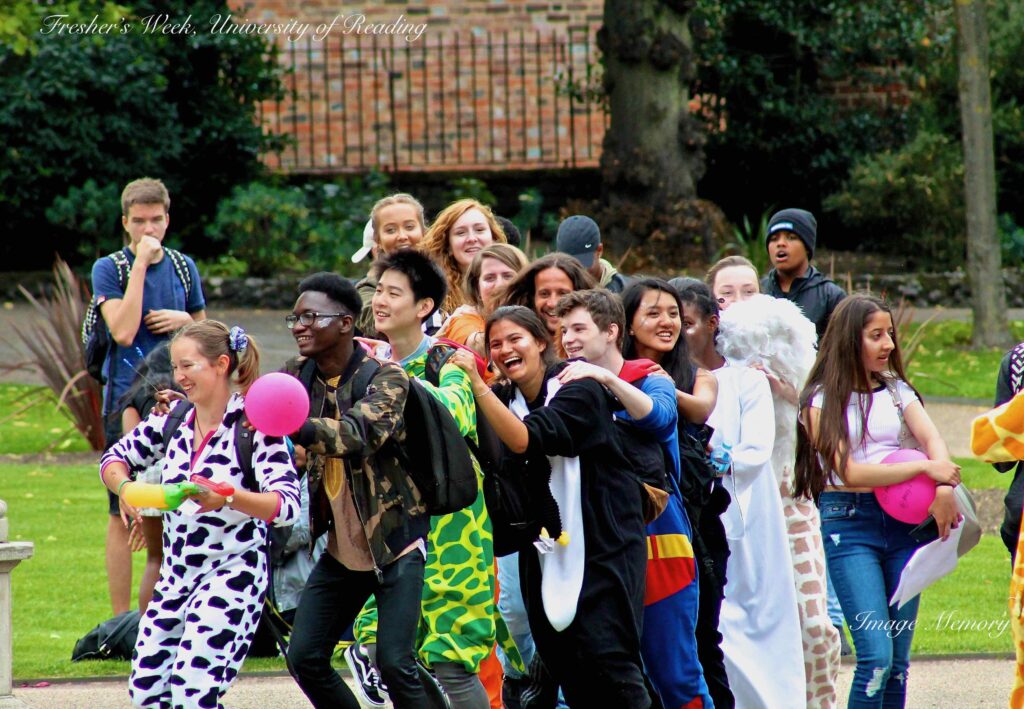
There is also a well-established yearly music festival that attracts 100,000 music lovers in August and is staged across 3 days.